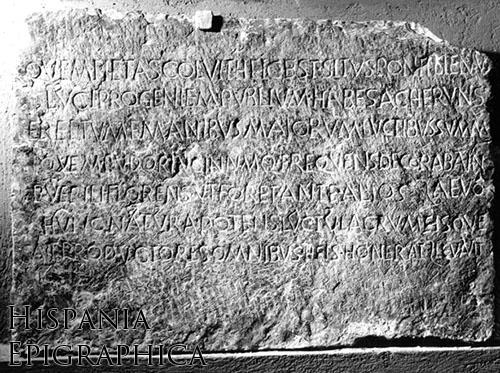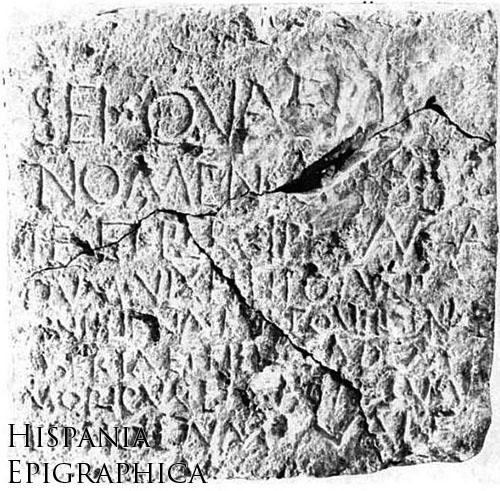

Tombstones generally don't recall happy thoughts and they might try to say something more with verse inscriptions, in which the poetic verse helps to convey the story of the deceased as in these examples:
Quem pietas coluit heic est situs Pontilienu[s]
Luci progeniem Publicum habes Acheruns
ereptum e manibus maiorum luctibus summ[is]
quem pudor inginiumq(ue) frequens decorabat in
aevo puerili florens ut foret ante alios
hunc natura potens luctu lacrumeisque levavit
at productores omnibus heis honerat (HispEpOl 8162)
Here lies Pontilienus who was honored by pietas. Acheron has got Publius, Lucius’ son, who was taken from his parents’ hands in the midst of the deepest mourning, his childhood was adorned by modesty and by numerous innate virtues, so as to make him shine above the most. Mighty nature relieved him of mourning and tears, but filled his parents with them. (EAGLEWIKI11421)
Sei quaeris / nomen consis/te et percipe pauca / dum vixei(!) et potuei(!) / [- - -]ienae et [- - -]eni / liberta et filia eadem / moriens et fui et sum / epistolium vale (HispEpOl 14116)
If you wish to know my name stay awhile and listen to some words: while I was living and when I could I was Pontiliena, a freed woman and at the same time Pontilienus’ daughter. Dying I was and still I am a brief message, Farewell. (EAGLEWIKI11422)
